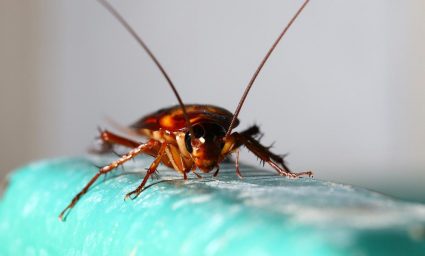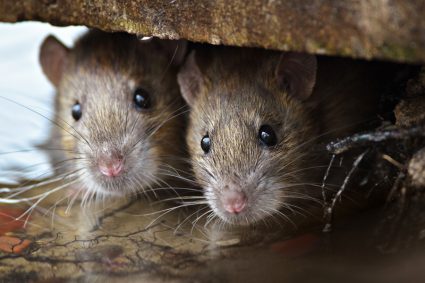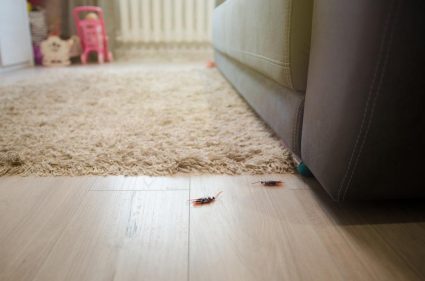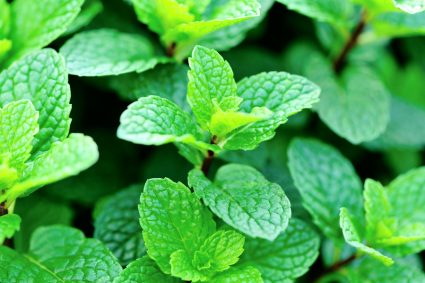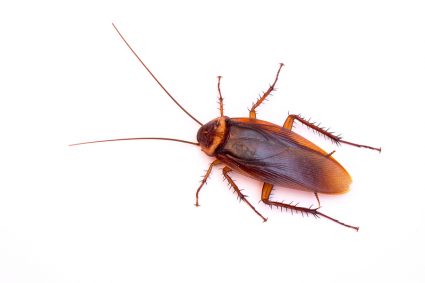
Is it possible to eradicate fleas from artificial grass? What are the best methods for removing fleas from the grass? Can one keep away fleas from artificial grass permanently?
Fleas can seriously harm humans’ and pets’ health and be an annoyance. In addition, pets with fleas may experience scratching and skin irritation, which, if untreated, can result in secondary skin illnesses.
Fleas can also spread illnesses like tapeworms, which can have a major negative impact on both human and animal health.
If you want to avoid these issues, it is essential to take action right away to stop and get rid of flea infestations in artificial grass.
You may use certain methods to prevent fleas and keep your lawn safe and healthy for you and your family.
Two of these include:
- Routinely maintaining and cleaning the artificial grass.
- Using efficient flea control treatments.
Additionally, if you have visitors over and they notice fleas on your artificial grass, it cannot be very comfortable.
They may also affect your garden’s appearance, making it an unpleasant place for you and your family to spend time.
Fleas can also procreate quickly in artificial grass, an ideal environment for them to grow. Once a flea infestation has taken hold, it can be challenging to eradicate.
Preventing flea infestations in artificial grass is the easiest approach to ensure that you do not have to deal with the inconvenience and expense of flea removal later on after a severe infestation.
Top 7 Methods for Flea Elimination in Artificial Grass
There are several reliable flea prevention strategies to keep fleas off your artificial grass. Using these preventative techniques, you can ensure that your artificial grass is flea-free and secure for you and your family to enjoy.
These strategies include:
1. Regular Vacuuming and Cleaning

One of the most crucial preventative techniques is regularly cleaning and vacuuming artificial grass. This aids in getting rid of flea eggs or other debris in the grass, which can stop fleas from developing in the first place.
Additionally, trimming and maintaining the artificial grass reduces the likelihood of flea infestations.
Keeping the artificial grass dry is also essential because fleas love damp conditions. This means you should avoid over-watering and monitor the drainage of the artificial grass.
2. Using Flea-Repellent Products on Pets
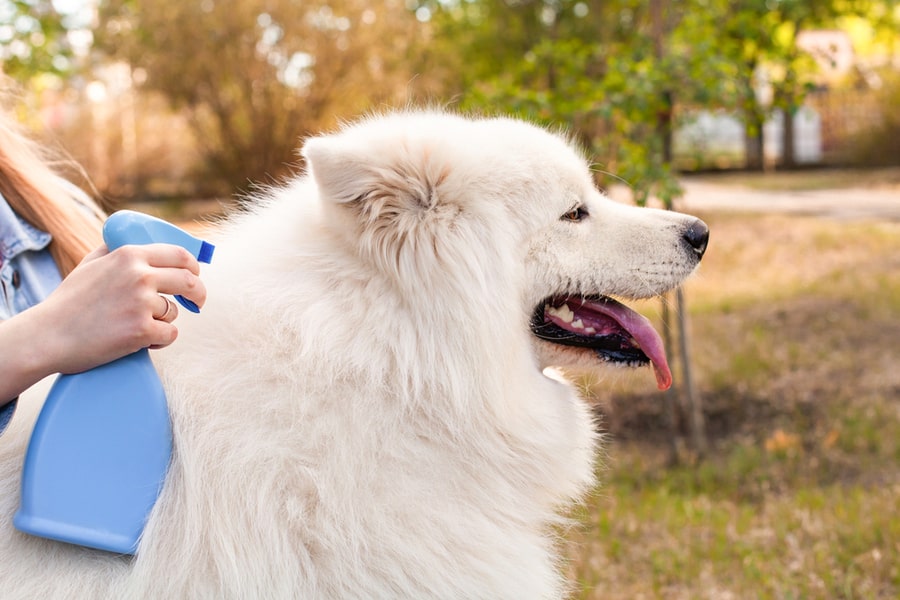
Using flea-repellent products on pets is another successful preventative strategy. Fleas can be repelled and kept from infesting your artificial grass by using a variety of solutions, including:
- Sprays
- Shampoos
- Sollars
3. Flea Sprays for Outdoor Use

Flea sprays for outdoor use are a popular and effective method for removing fleas in artificial grass. These sprays are made especially for use on outdoor surfaces like lawns and yards and contain active chemicals that are poisonous to fleas and other pests.
One of the key advantages of flea sprays for outdoor usage is their ability to promptly and effectively kill fleas on contact.
To stop a flea infestation from taking root, these sprays can kill fleas at all stages of their life cycles, including eggs, larvae, and adults.
Another advantage of flea sprays for outdoor use is that they can be easily used on vast expanses of artificial grass.
They can be applied using a spray bottle, or a hose-end sprayer, allowing you to cover a big area of artificial grass with a single application.
It is also important to keep in mind that flea sprays are not a permanent fix and could need to be applied again after a while. Therefore, you should always follow the manufacturer’s instructions for use, including any precautions and warnings.
4. Checking the Surroundings
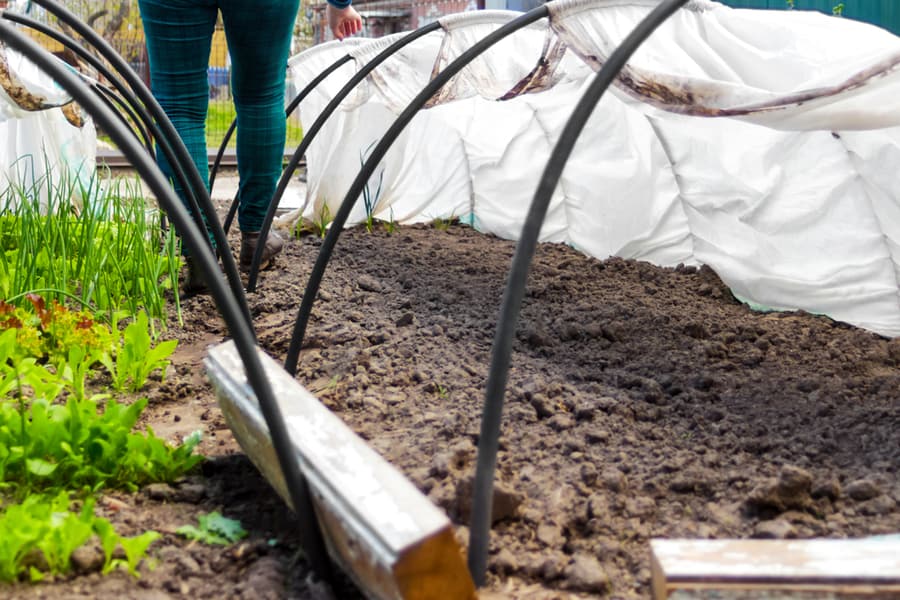
The soil or mulch around the artificial grass may potentially be infested with fleas. Make sure to inspect these areas and, if necessary, treat them.
Treat these places because fleas can deposit their eggs in mulch or dirt.
5. Flea Granules and Powders
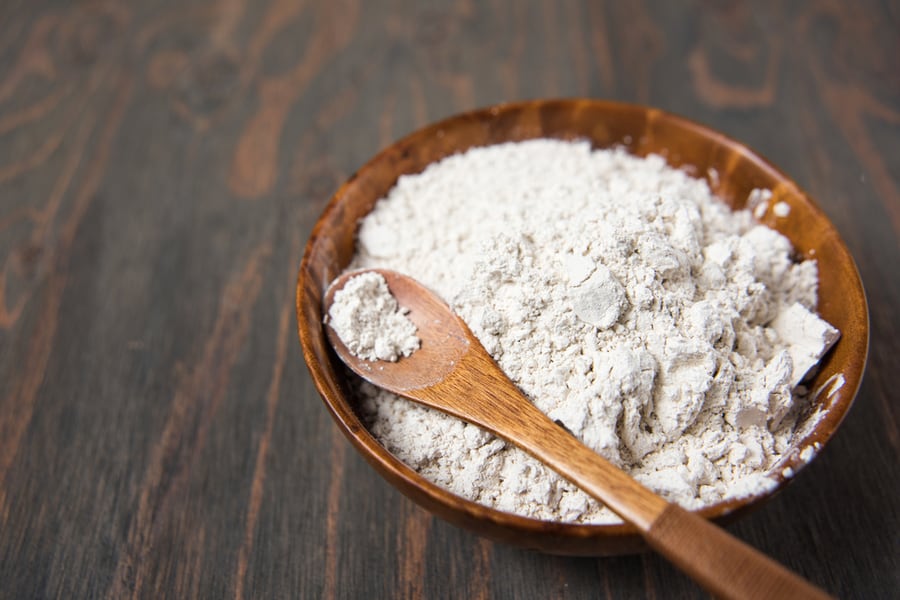
Flea powders and granules are another chemical way to eliminate fleas in artificial grass. These products work by coating the fleas and their eggs in fine powder or granules with active chemicals harmful to fleas.
Usually, pyrethrin, diatomaceous earth, or permethrin are used as active components in manufacturing flea powders and granules.
Diatomaceous earth is a natural powder derived from the fossilized remnants of microscopic aquatic organisms called diatoms. Pyrethrin and permethrin are synthetic insecticides that operate by affecting the nervous system of fleas and other pests.
The best way to apply flea powders and granules to artificial grass is to shake or spread the powder or granules uniformly over the grass after clearing the grass of any debris or leaves.
You must wait a specified amount of time after applying the powder or granules before vacuuming the treated area.
It is also crucial to remember that you should always abide by the manufacturer’s usage guidelines, including any cautions or warnings.
It would be best if you were careful to keep pets and children away from the treated area until the flea powder or granules have been vacuumed because some flea powders and granules are not appropriate for use near children or pets.
6. Using Essential Oils

Essential oils such as peppermint, eucalyptus, and rosemary oil are good flea repellents.
These oils can be mixed with water and sprayed on the artificial grass, or they can be added to a diffuser and used to create a flea-repellent barrier around the area.
When using essential oils around pets and children, it is vital to exercise caution because some oils can be hazardous if consumed.
7. Treating Pets
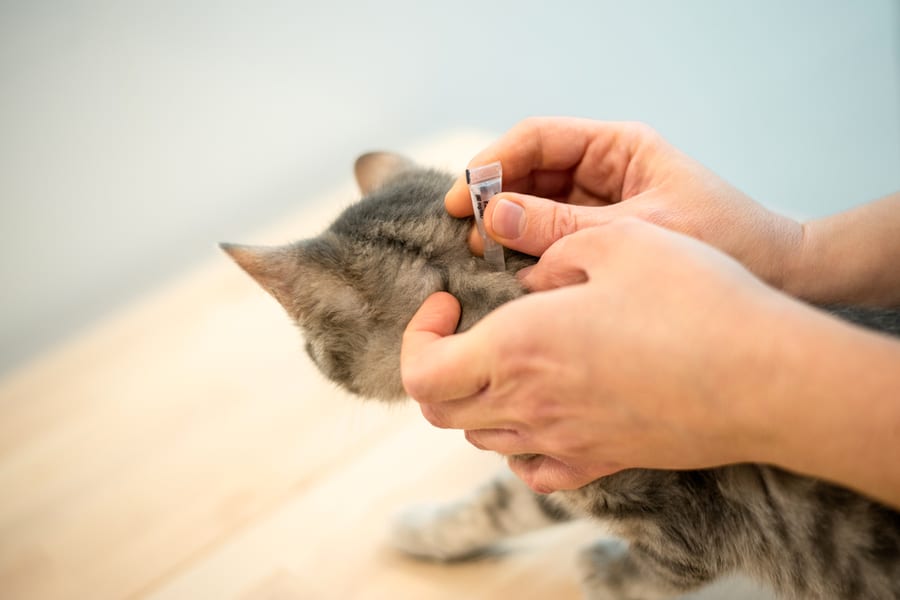
Your pets are probably carrying fleas if they are present. Treat your pets with flea medicine to stop them from spreading more fleas into the artificial grass. A prescription recommended by a veterinarian or over-the-counter products can accomplish this.
Conclusion
Fleas are a common issue for pet owners and homeowners with artificial grass. Adhering to these recommendations can help keep your artificial grass flea-free and secure for you and your family.
It is important to remember that prevention is the goal. Thus, routine vacuuming, cleaning, and upkeep of artificial grass can assist in preventing flea infestations from developing in the first place.
You can consult a specialist if you are unsure how to handle pesticides correctly.
Frequently Asked Questions
What Are the Most Common Ways for Flea Infestation in Artificial Grass?
There are numerous ways that fleas can infest artificial grass. Pets may bring them inside or come from the ground or mulch nearby.
On the surface of the artificial grass, fleas can also lay their eggs, which can subsequently hatch and grow into new fleas.
What Should I Do if the Flea Infestation Persists Despite My Efforts To Get Rid of Them?
It might be important to get in touch with a professional pest control provider if the flea infestation continues despite efforts to eradicate it. They will have the knowledge and tools required to solve the issue.
Additionally, it is crucial to remember that flea infestations can be challenging to get rid of and may call for numerous treatments, so effort and patience are essential.



